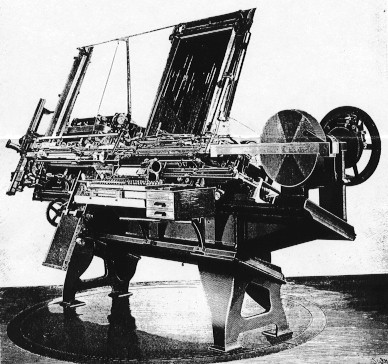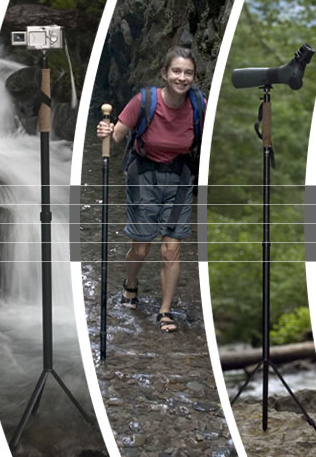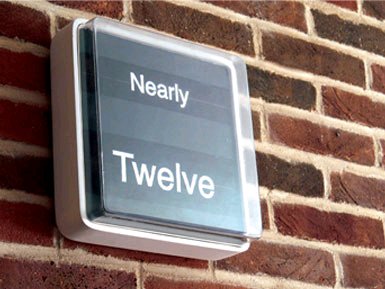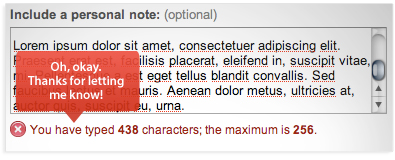The “It’s about time” clock
Dan McFarland writes:
I just saw this on about:blank and thought of you guys: The “It’s about time” clock
It’s a clock that just tells you “about” what time it is… “nearly 12”, “quarter past 3”, etc. Most people don’t realize they really don’t need any more detail than that.
The Paige Compositor
Khoi Vinh writes:
If you’ve never written about this before, this short case history of 19th century typesetting is a story tailor-made for the SvN audience.

The Paige Compositor.
Mpix
Jamie Stephens writes:
I thought you might appreciate this post on the Mpix blog. Instead of listing all the specs and details of their upcoming [bonded covers] product, (they have already announced that it is coming), they post pictures of how the new books are made.
TextArea limits
Matt McVickar writes:
LinkedIn had a great way to indicate users had reached the limit in the textarea without stopping their progress. I say “had” because since I took the screenshot they’ve removed the limitation (and thus, this validation), but I still think it’s a good model for dealing with this sort of thing.
Frustration with Twitter’s approach got me thinking about this problem, so I went a little further. My writeup is here.
Life-size tracking guide
Jason Turgeon writes:
Check out this field guide to mammal tracking. It’s the size and shape of a small wall calendar, spiral bound with waterproof, rip-resistant pages so you can drag it around outdoors without destroying it. It contains life-size illustrations of mammal tracks and scat. It’s designed so that you can take the book out in the woods on your snowshoes, quickly determine what kind of tracks you might be seeing, and lay the book down in the snow to compare. We have several of these lying around the house. Disclosure: my girlfriend’s mom wrote the book. But I actually use it!
TrekPod
Rob Lifford writes:
The TrekPod is a very nicely designed hiking staff that converts in seconds to sturdy photo tripod as well. My father-in-law, an experienced industrial product designer, is its creator; he started playing with the idea after doing a few Google searches trying to find something like this for himself—he’d first assumed that someone else had already produced one. So he sat down with AutoCAD, showed it to some friends, and now Trek-Tech is a successful and growing full-time pursuit.
Yes, I’m pimping the “family product,” but I did kind of think the DIY roots of the company fit in somehow with Getting Real.




samgrover
on 05 Mar 08For Mac users, there’s FuzzyClock. I love it and have been using it for years.
Matt
on 05 Mar 08Reminds me of “The Great Clock” in Thomas Jefferson’s Monticello.
Shown here
lisa
on 05 Mar 08Are you for actual on the clock? That would KILL me! 11:55 is VERY different from 11:50 which is VERY different from 11:58. Holy smokes, I would die.
Grant
on 05 Mar 08Twitter just recently changed their approach (that I too thought was annoying). Now it’s a lot like the LinkedIn approach, but even more helpful. It tells you how many characters you are either over or under the limit. It’s a huge improvement.
Alejandro Moreno
on 05 Mar 08I would totally buy the clock. I prefer analog watches/clocks over digital ones (you can never get them all to stay in the same minute anyways), and this would be the ultimate analog clock.
The diagram (http://www.insightoutsight.co.uk/viewproject.php?cid=2&pid=3&iid=3) shows 8 different segments. I would prefer 12 segments, all of them surrounding a 5 minute mark (12:58 to 1:03 = One, 1:04 to 1:07 = Five past One, etc.), but I would still buy it if it were produced as in the picture =o)
Sasha Yakovlev
on 06 Mar 08ArtLebedev is going to sell a clock (http://store.artlebedev.com/office/verbarius/) that according to their description “tells the time as people do”.
Matthew
on 06 Mar 08I dunno, I think that clock is stupid.
Regular old analog clocks (the circular kind w. 2 hands) give you everything you need, the best of both worlds. If you just need an approximate time, the quickest of glances will do. If you need exact, you look for a little longer to make sure you get exactly where the minute hand is.
This prevents you from knowing the exact time for those situations where it’s important.
Jochen
on 06 Mar 08I’m with Matthew. Why would I kill a feature of a device I learned to master a long time ago? Where’s the advantage in this limitation?
Shane McCracken
on 06 Mar 08We had a Linotype machine at our print shop at school, and if the Paige compositor was more temperamental, then it would have killed a few operators from heart attacks caused by high blood pressure never mind the occasional molten lead squirts.
That said it was a fabulous device and far more interesting machine than a sterile computer.
Nic Magnier
on 07 Mar 08I implemented this kind of clock on my blog just for fun. It’s a nice touch when you don’t really need precise time. For example I don’t display “Posted the 7th March at 4:47PM” I display “Posted yesterday at quarter to 5 in the afternoon”.
It’s less formal or let’s say bureaucratic.
Dom
on 09 Mar 08Yes, we really do need more detail than that. Ever missed your train in the morning?
That clock would be terrible for households with young children. You would be late for school every day, and you couldn’t teach them to tell time properly.
This discussion is closed.